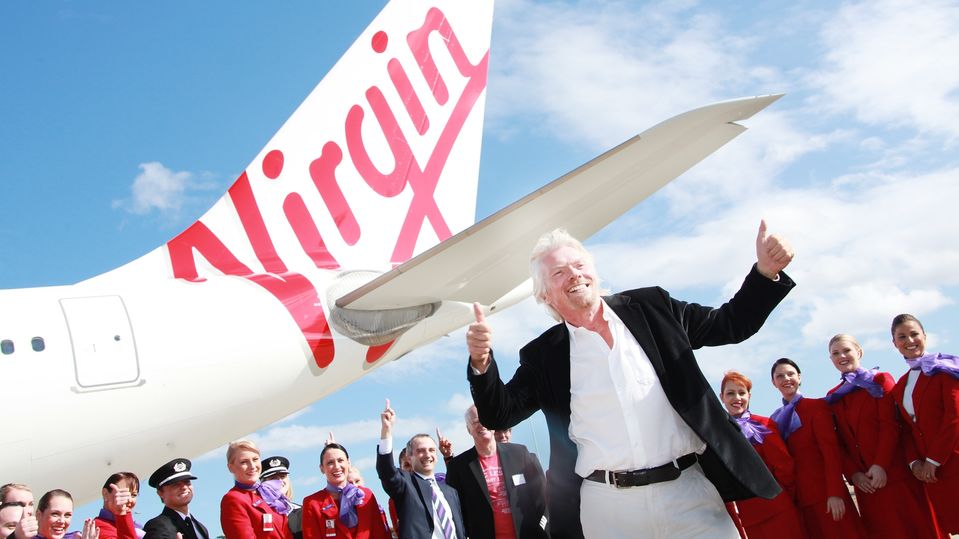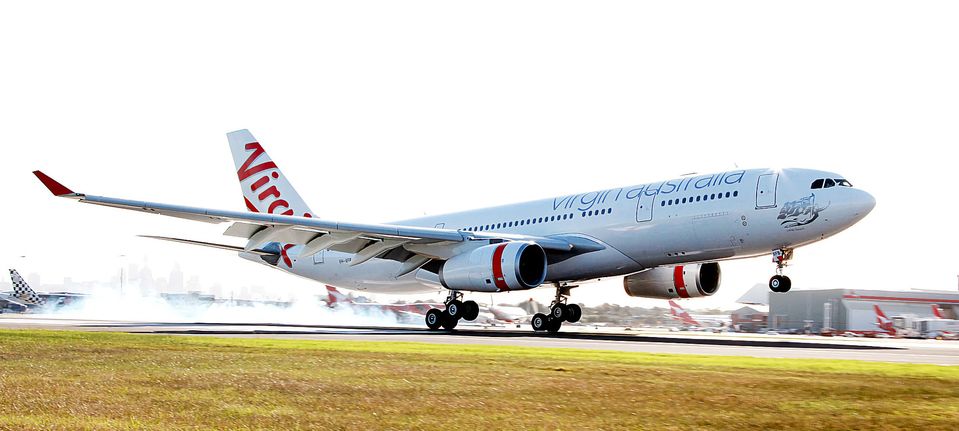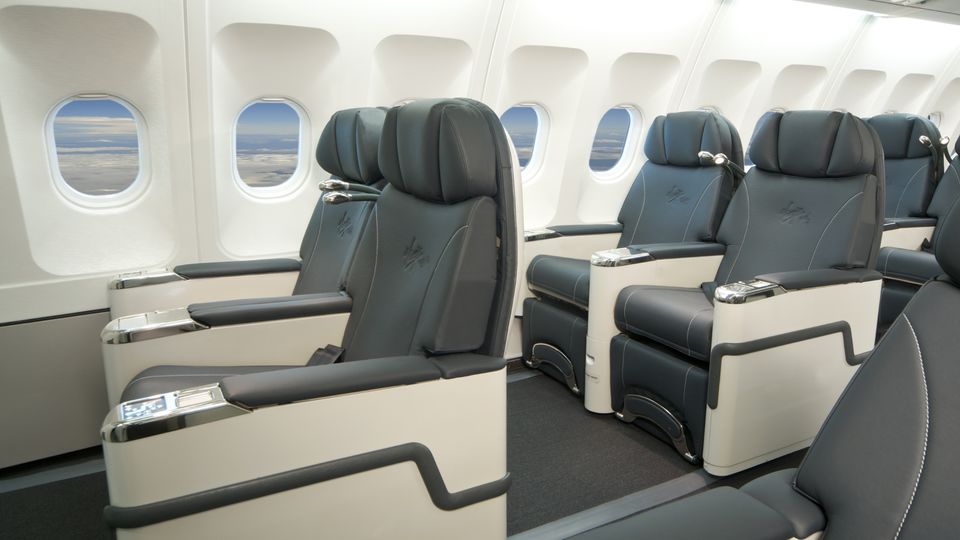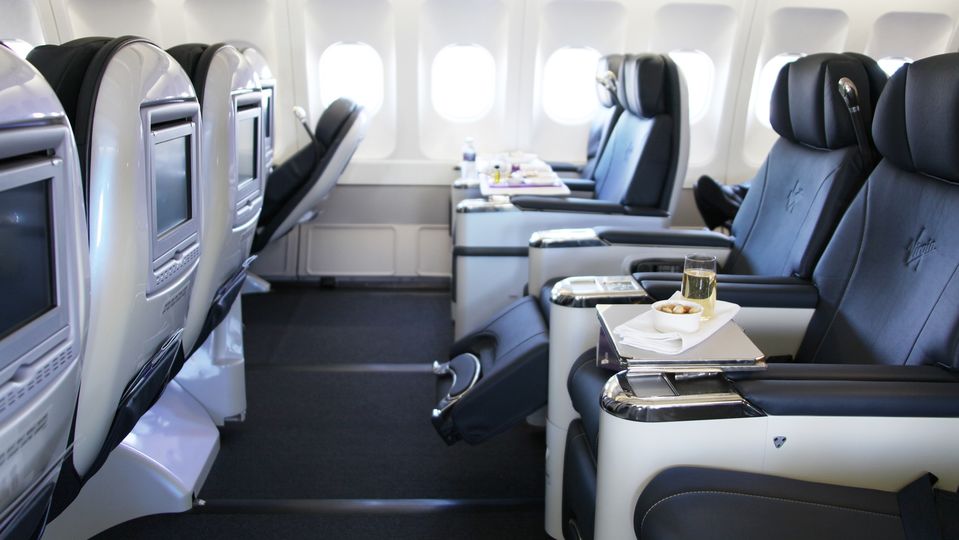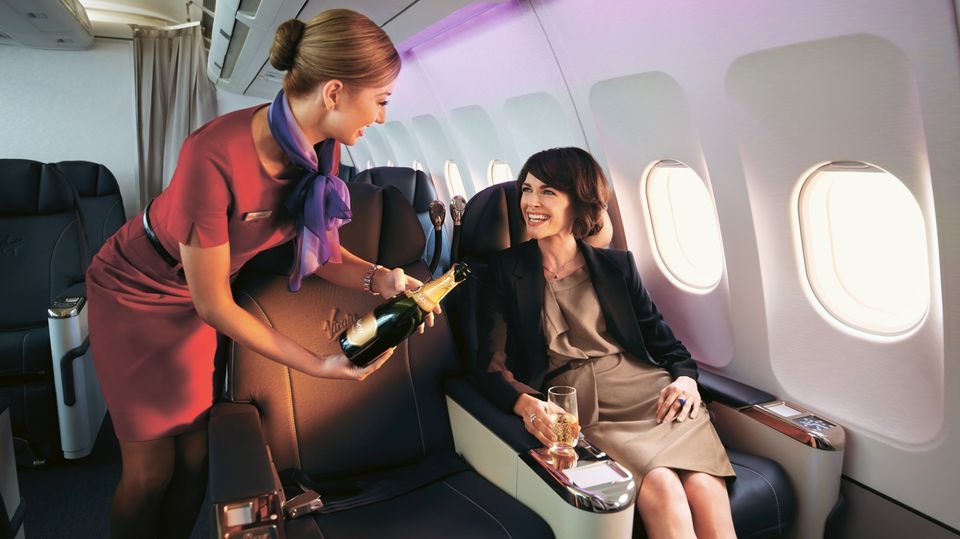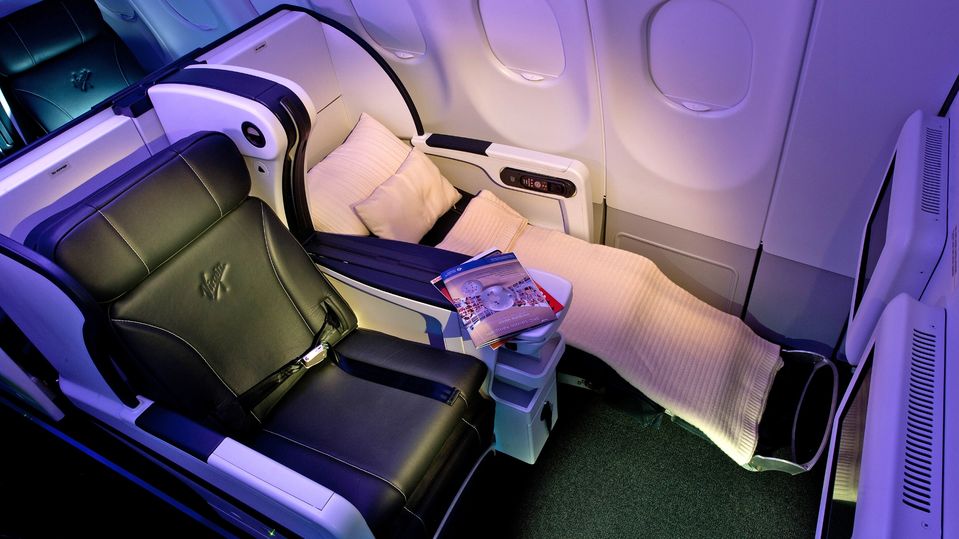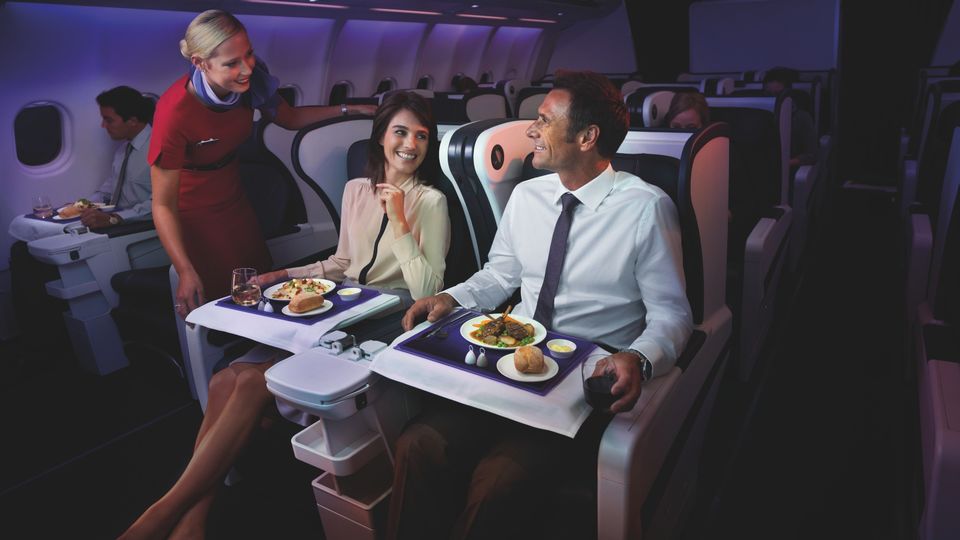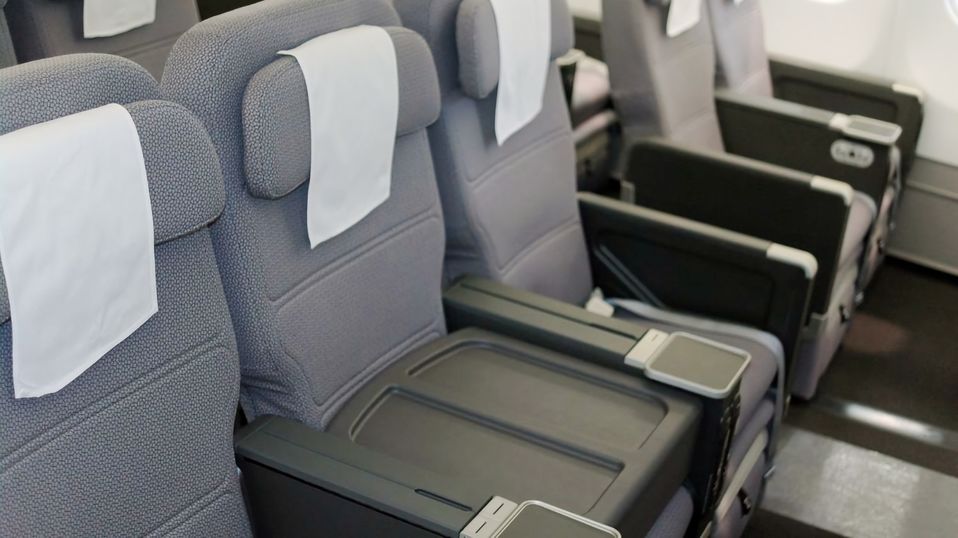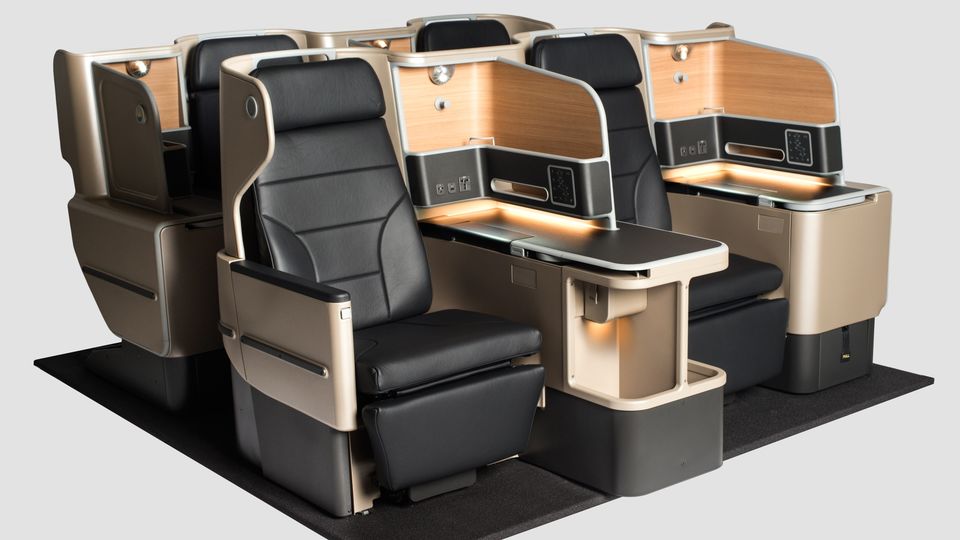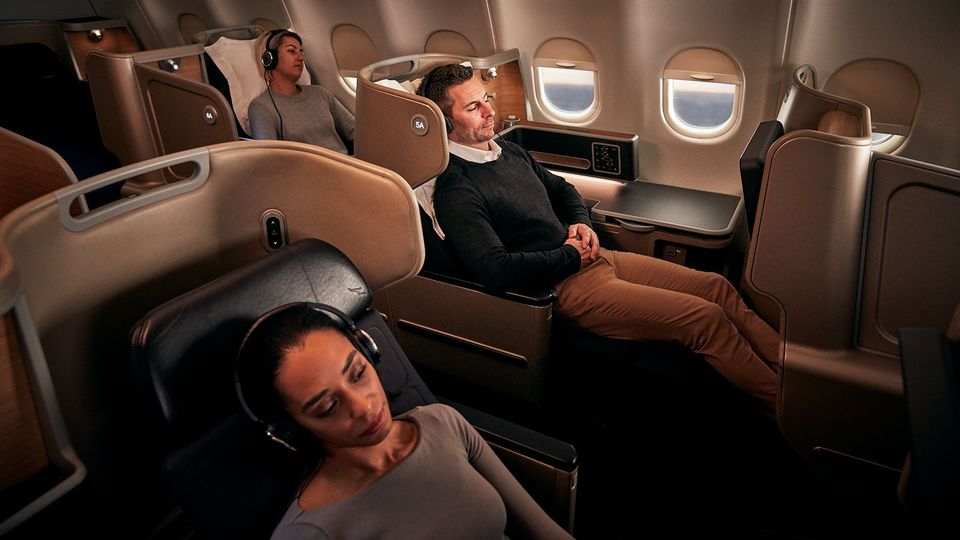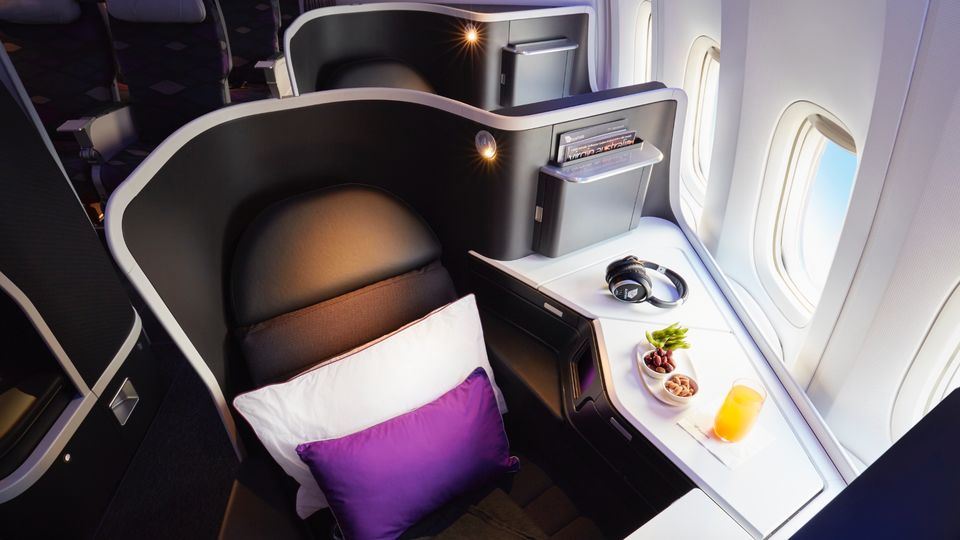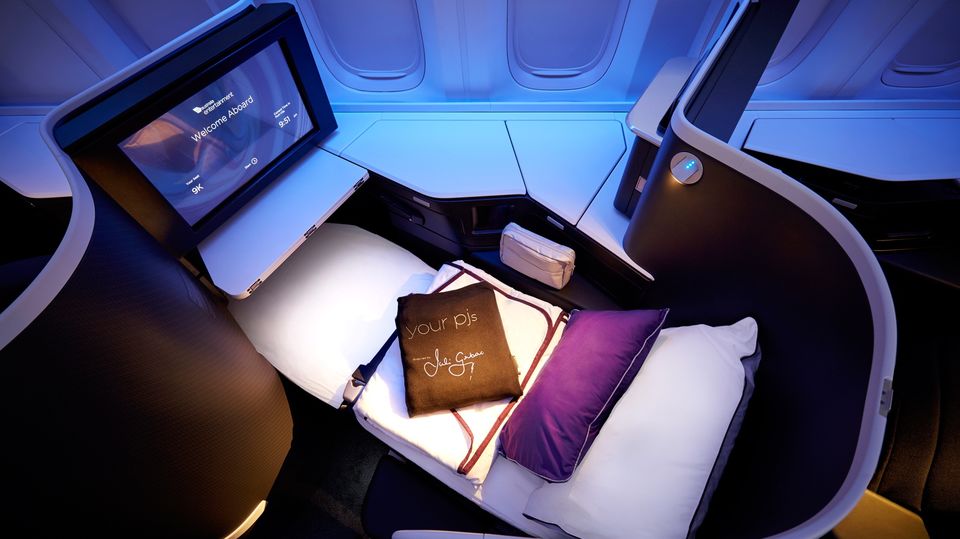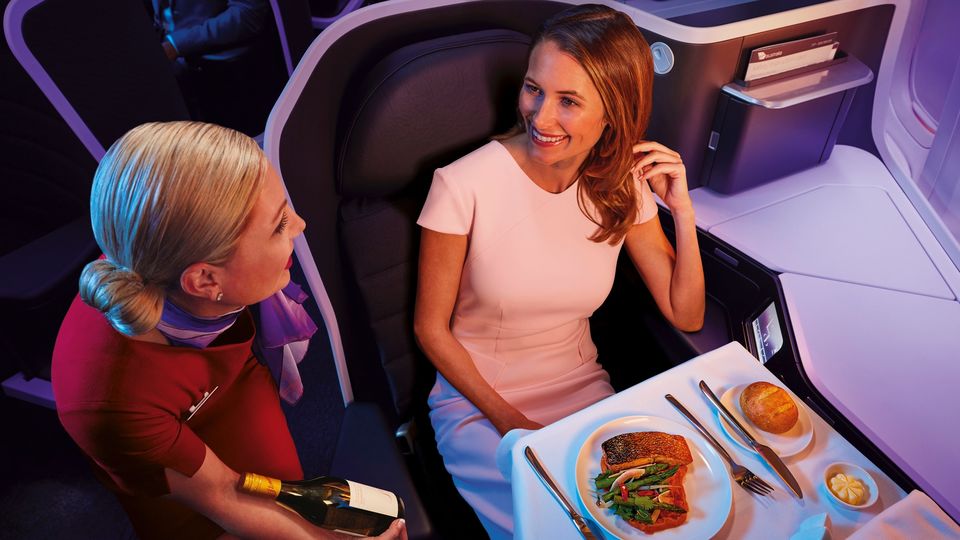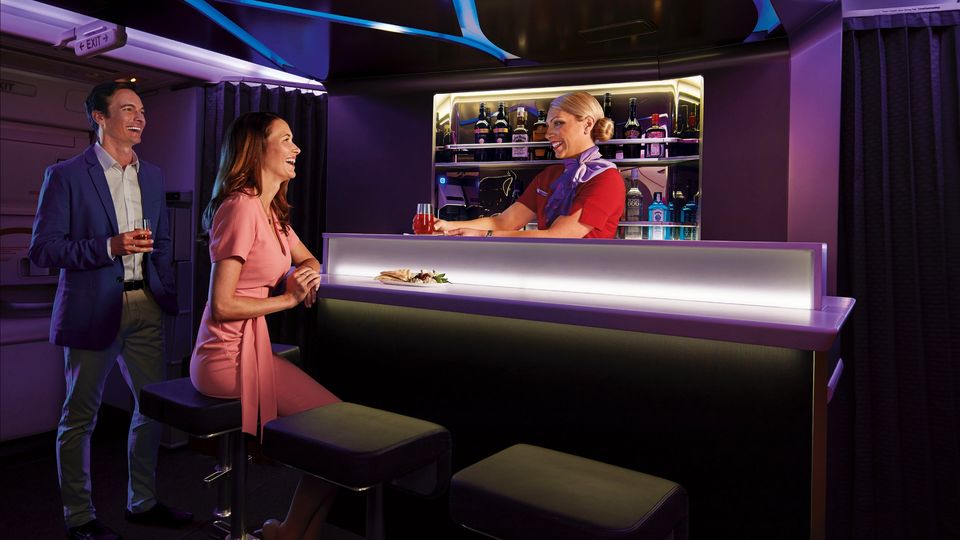When Virgin business class was a real game-changer

- by Admin
- June 21, 2024
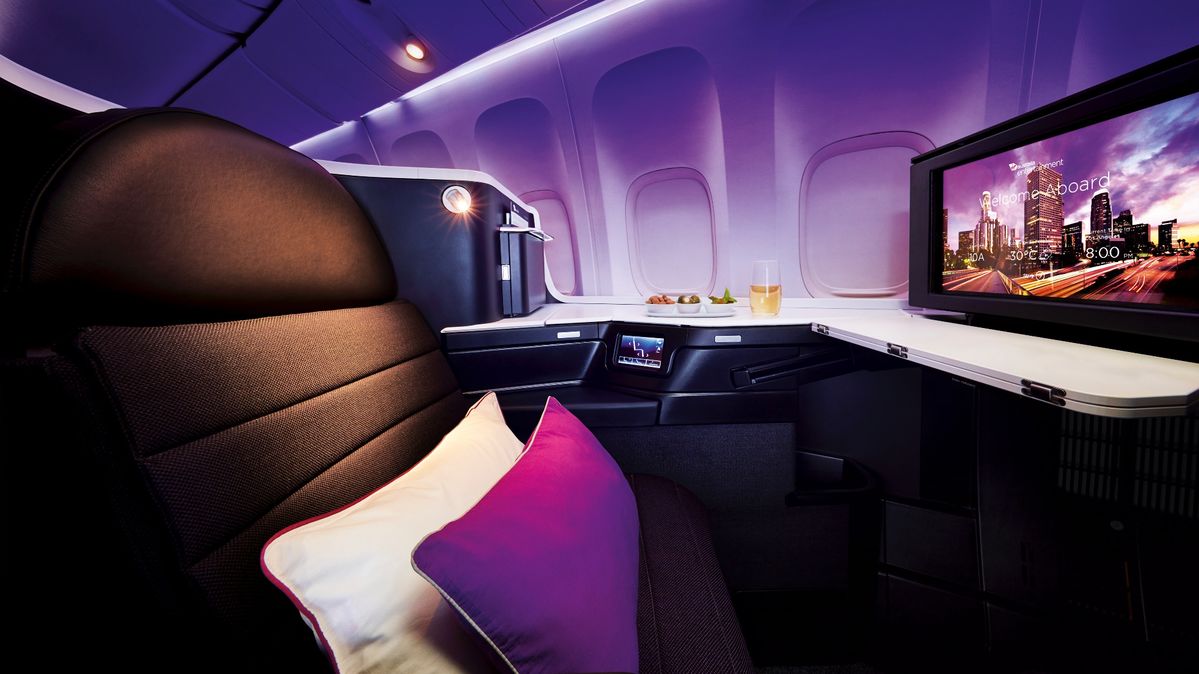
Thirteen is supposed to be an unlucky number – but for Australia’s business class travellers, 13 years ago saw the start of a dramatic uplift in the premium airline experience, sparked by competition from a newly-aggressive Virgin Australia.
After being transformed from the low-cost Virgin Blue into the full-service Virgin Australia, the airline – helmed by 36-year Qantas veteran and executive John Borghetti – changed course to go head-to-head with the Flying Kangaroo.
Nowhere was this new direction more marked than an attack on Qantas’ monopoly on the Australian corporate travel market, and especially the motherlode of high flyers shuttling between the east coast capitals and Australia’s resource-rich west.
Virgin began challenging Qantas for a hefty slice of the domestic business travel market with a fleet of international-grade Airbus A330s which initially darted between the east coast capitals and Perth before taking on Virgin’s short-lived Sydney-Hong Kong and Melbourne-Hong Kong routes.
That chapter has of course long since closed, with Virgin’s new owner Bain Capital scuppering all A330 and Boeing 777 jets in August 2020 as part of a sweeping ‘rescue, rightsize and reboot’ plan after the airline’s collapse into administration facing debts of $6.8 billion and a travel market gutted by the global pandemic.
But there’s no doubt the aerial dogfight between Qantas and Virgin made premium passengers the winners – and it started in May 2011 when the rebranding of Virgin Blue as Virgin Australia triggered a turf war between challenger and incumbent.
Spearheading this were the airline’s first Airbus A330s, previously leased to Emirates and now carrying not only Virgin’s new livery but international grade business class seats boasting twice the legroom of Qantas’ own A330s.
The fact they were lay-back recliners rather than llei-flat beds, and arranged in rows of 2-3-2 rather than today’s standard of 1-2-1 with direct aisle access for every passenger, needs to be considered in the context of over a decade ago.
(In fact, there are still some today who suggest this type of seat would be more appropriate for the 4-6 hour east-west journey if having almost twice as many seats in the business class cabin delivered lower fares.)
Marketed under a new Coast to Coast brand, business travellers also enjoy limousine transfers, a coat-check service, amenity kits and premium inflight meals from Aussie chef Luke Mangan.
The following month, in response to Virgin’s east-west assault, Qantas rolled out the big guns by rostering one of its international Boeing 747 jets – with not only one hundred extra seats but angled flat-beds in business class – onto the Sydney-Perth route.
It was a short sprint for the mighty jumbo which was typically bound for Asia, Europe or the USA, but within months Qantas pulled the gas-guzzling jumbos off the transcon trek, leaving it to a melange of Airbus A330s and Boeing 767s with ranks of close-quartered domestic-grade business class recliners.
Yet by January 2012, barely six months into the pitched Qantas-vs-Virgin battle, average business class fares across all domestic routes had tumbled by 27%.
April 2012 saw Virgin pick up the keys delivery of the first of six new Airbus A330s boasting angled-flatbed business class seats.
With extra storage for carry-on kit, large video-on-demand screens plus AC and USB sockets for every passenger, they propelled the Virgin Australia Coast to Coast business proposition well ahead of Qantas’ best domestic efforts.
“I don’t know of another airline that has a product of this standard in a domestic service anywhere in the world,” Borghetti remarked.
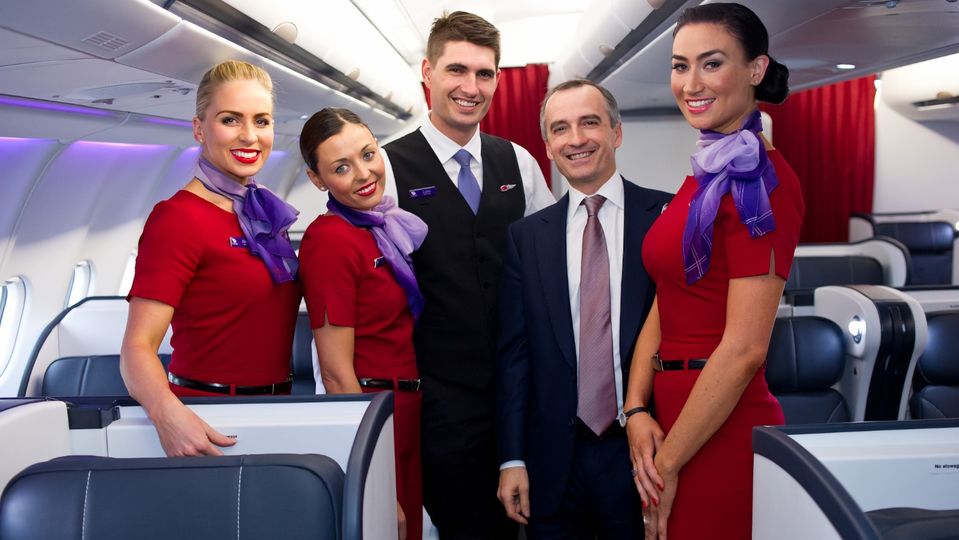
Virgin Australia CEO John Borghetti on the delivery flight of the first A330 with the all-new business class.
“It costs you the same to design something well as it does to design something that’s not nice, so why not design something that’s nice?”
Expectations were high that Qantas would seek to not only catch up to Virgin’s A330 business class but leapfrog it.
But the arrival of a factory-fresh A330 from Airbus’ Toulouse assembly line to the hangars at Mascot in November 2012 is greeted with dismay when it was revealed to have identical business class seats as its predecessors.
The only concession to improved passenger comfort was a plastic shroud covering the middle seat, to provide what the airline calls an ‘inflight workspace’ for the shared use of passengers on either side.
Stung by the criticism, then-Qantas CEO Alan Joyce pledged at the airline’s then-annual Christmas drinks with media – in what appears to be an off-the-cuff remark, made without any accompanying PR fanfare – that an all-new A330 business class is on the way, tipping the possibility of fully lie-flat beds.
Two months later, in February 2013, Joyce confirmed Qantas will upgrade its entire fleet of domestic and international Airbus A330s with lie-flat business class from the end of 2014.
“They’ll be the best domestic product anywhere in the world,” Joyce promised, “and they leapfrog anything our competitor’s doing.”
That business class seat broke cover in August 2013 as the Qantas Business Suite: a 1-2-1 layout gives every traveller direct aisle access, while the seats can adopt in a reclined position for taxi and take-off before going into fully-flat mode.
Creature comforts include extra-large video screens, a spacious side table plus a nook for stowing tablets, laptops and magazines, and a pair of noise-cancelling headphones.
Modified, redressed and finessed by designers in the journey from drawing board to departure gate, the Business Suite is officially unveiled in October 2014, ahead of a domestic debut in December 2014 (and with flights to Asia to follow from early 2015).
It becomes the foundation of Qantas flagship business class for the next decade, with a revised version adorning the business class cabin of Qantas’ Boeing 787 Dreamliners and Airbus A380 superjumbos.
But Virgin boss Borghetti has never been one to sleep at the wheel: in September 2014, one month before Qantas pulls back the curtain on its Business Suite, he counters with his own premium cabin power-play for the A330s and the US-bound Boeing 777s.
To be sold simply as ‘The Business’, Borghetti touts the seat as being more of a “business first’’ offering rather than a conventional business class seat.
Dressed in striking charcoal with brushed aluminium trim and inspired by luxury automotive interiors– (at one stage car nut Borgetti drags his designers into a parking lot to pore over a Porsche – the pointy-end pew is generously proportioned.
The 28″-wide seat converts to a 2m long flat bed, flanked by a long bench for storage, and every passenger is just one step away from the aisle.
If the swish seats and upmarket Luke Mangan meals weren’t enough, when the upgraded A330s take wing in September 2014 they include a custom Nespresso machine capable of serving real coffee above the clouds, while the Boeing 777 goes one step further with an inflight bar.
(If you’ve been keeping count, it was barely four years – from May 2011 to September 2015 – that, fuelled by fierce competition, Australia could arguably lay claim to the world’s best domestic business class.)
Virgin Australia’s A330s carried their last passengers in April 2020, shortly before the airline moved into administration and emerged as a 737-only operation.
Although Virgin is upgrading its 737 fleet with the new business class seat seen on its Boeing 737 MAX jets, there’s less certainly that twin-aisle jets will every return to the fold – especially as Virgin’s international partnerships continue to grow, with United Airlines now covering the US routes once flown by Virgin’s 777s.
For its part, Qantas continues to fly those Business Suite-equipped A330s on the east-west corridor, where it can press a clear advantage over its rival, and from 2027-2028 will replace the workhorse A330s with a fresh tranche of two dozen Airbus A350 and Boeing 787 jets, each of which are expected to carry the same business class as their long-range counterparts.
The Latest News
-
December 23, 2024TaylorMade drops Hall-of-Fame Christmas posters starring Tiger Woods, Rory McIlroy and Nelly Korda – Australian Golf Digest
-
December 23, 2024Here’s why Golf Twitter lost its damn mind over Team Langer’s PNC victory – Australian Golf Digest
-
December 23, 2024Social Media Ban in Australia: What Online Casinos Can Learn on Responsible Gambling Practices? – Insights from CasinoAus
-
December 23, 2024From smaller homes to screen time, backyard cricket is facing challenges in modern Australia
-
December 23, 2024This quiet Canadian will make you love YouTube golf again – Australian Golf Digest
